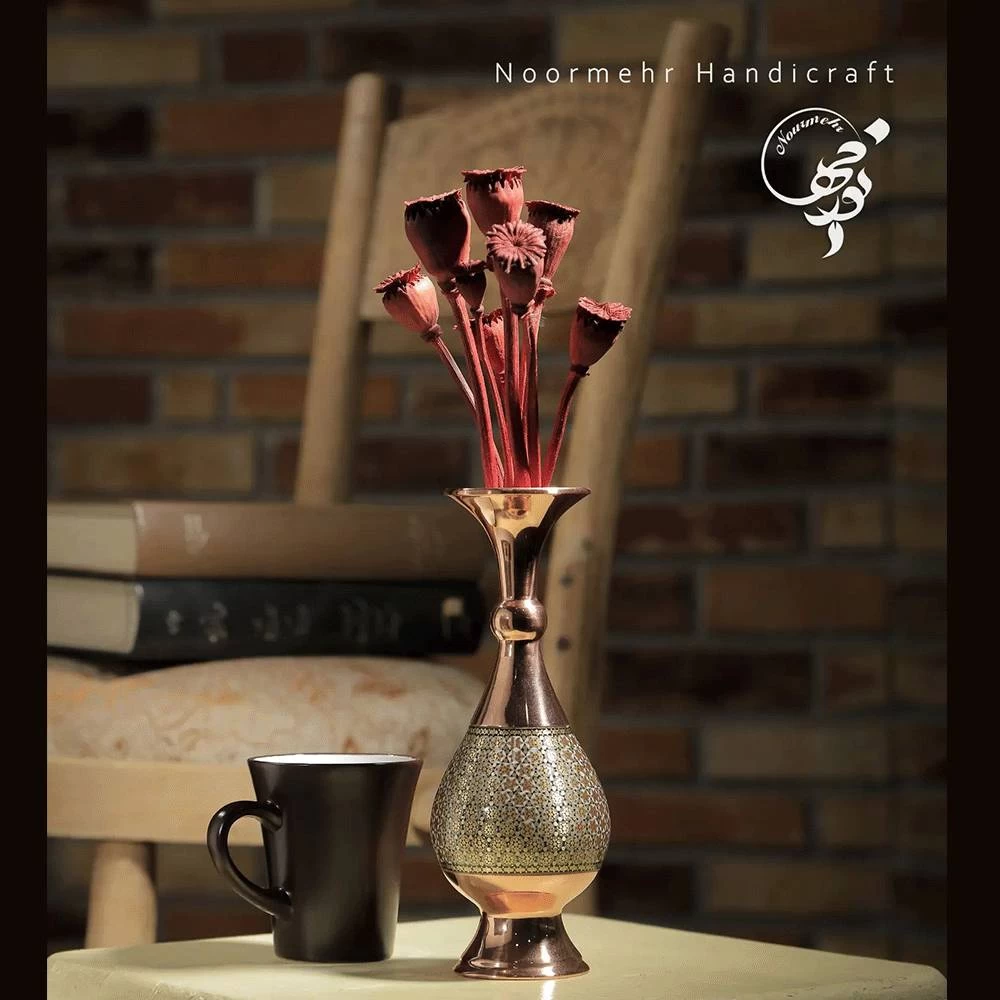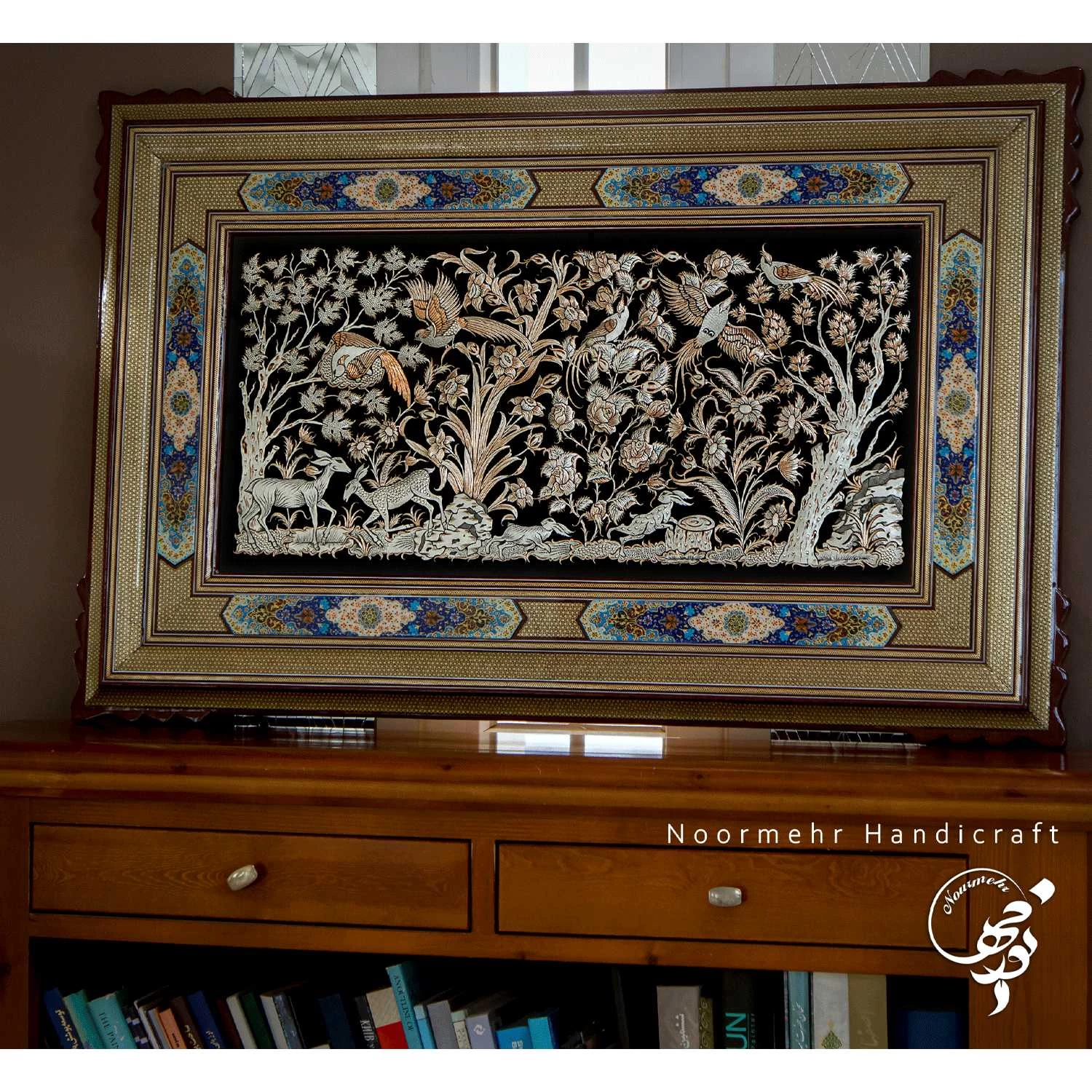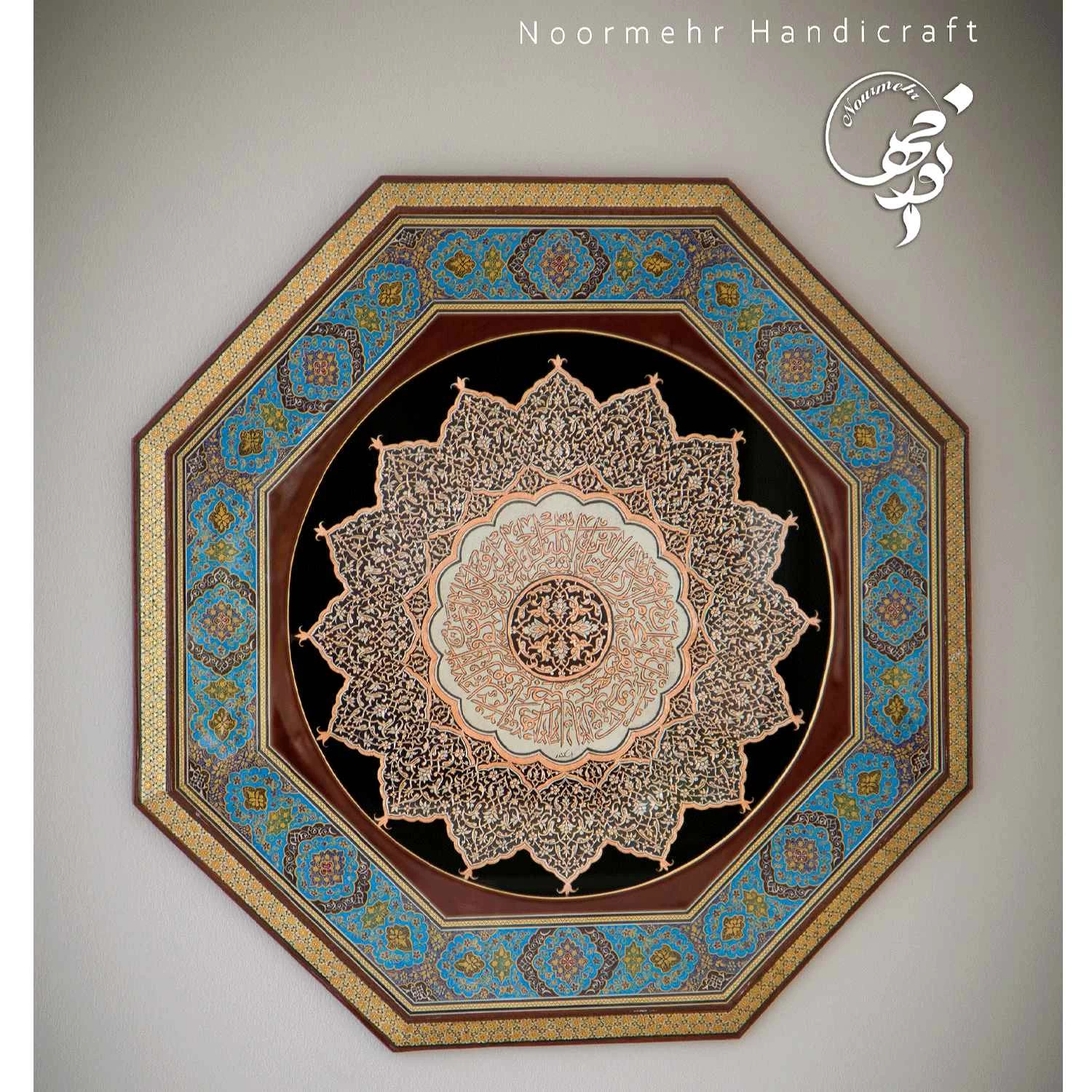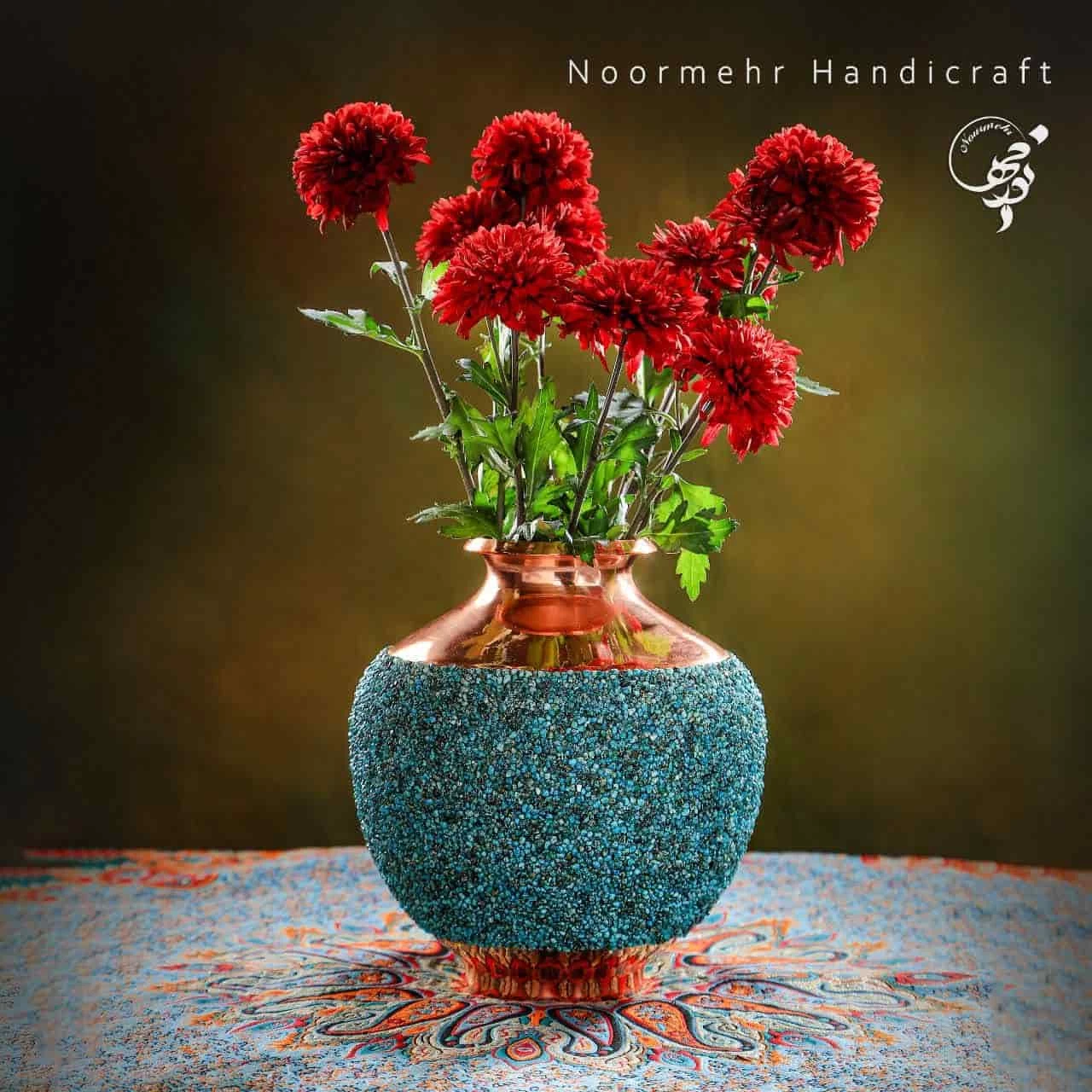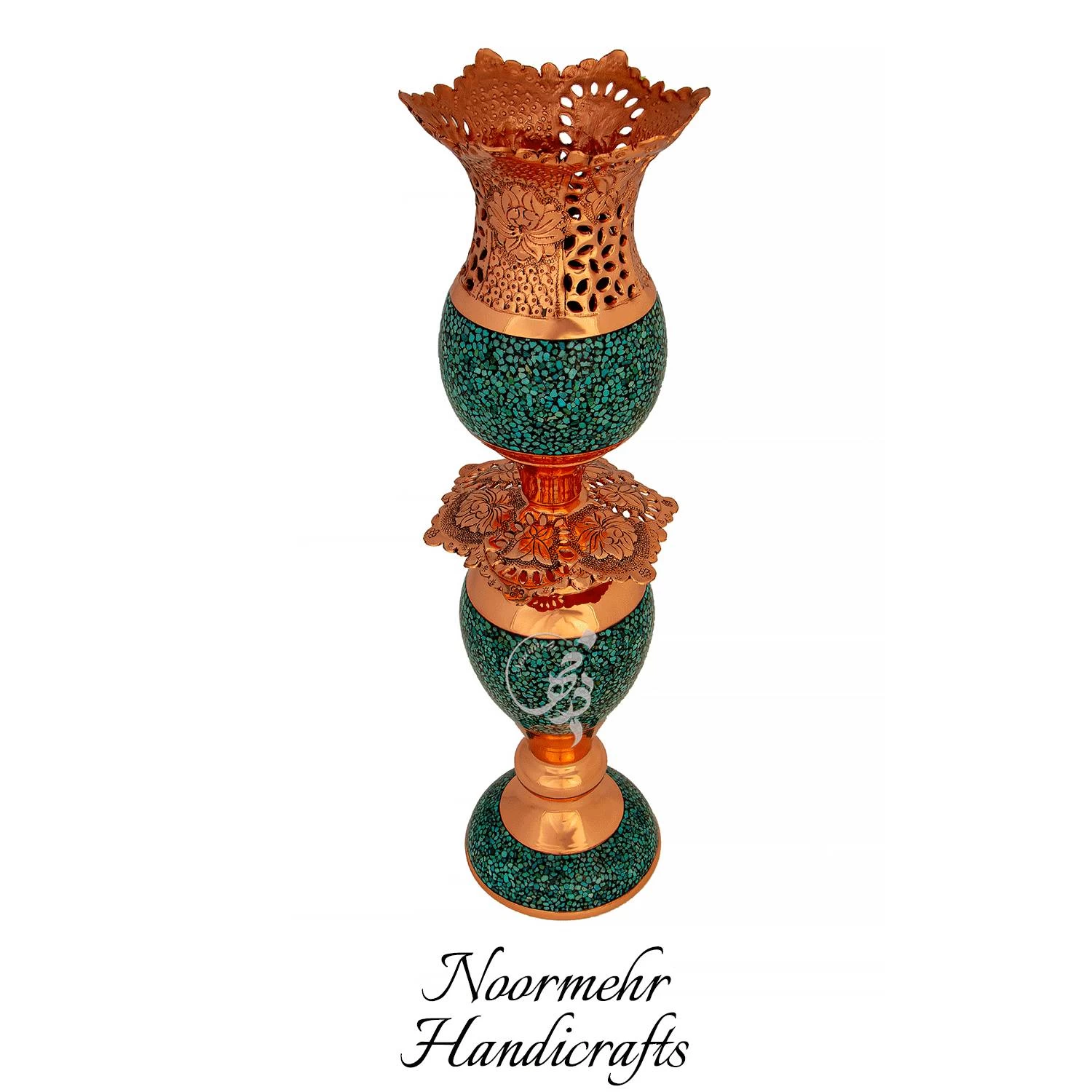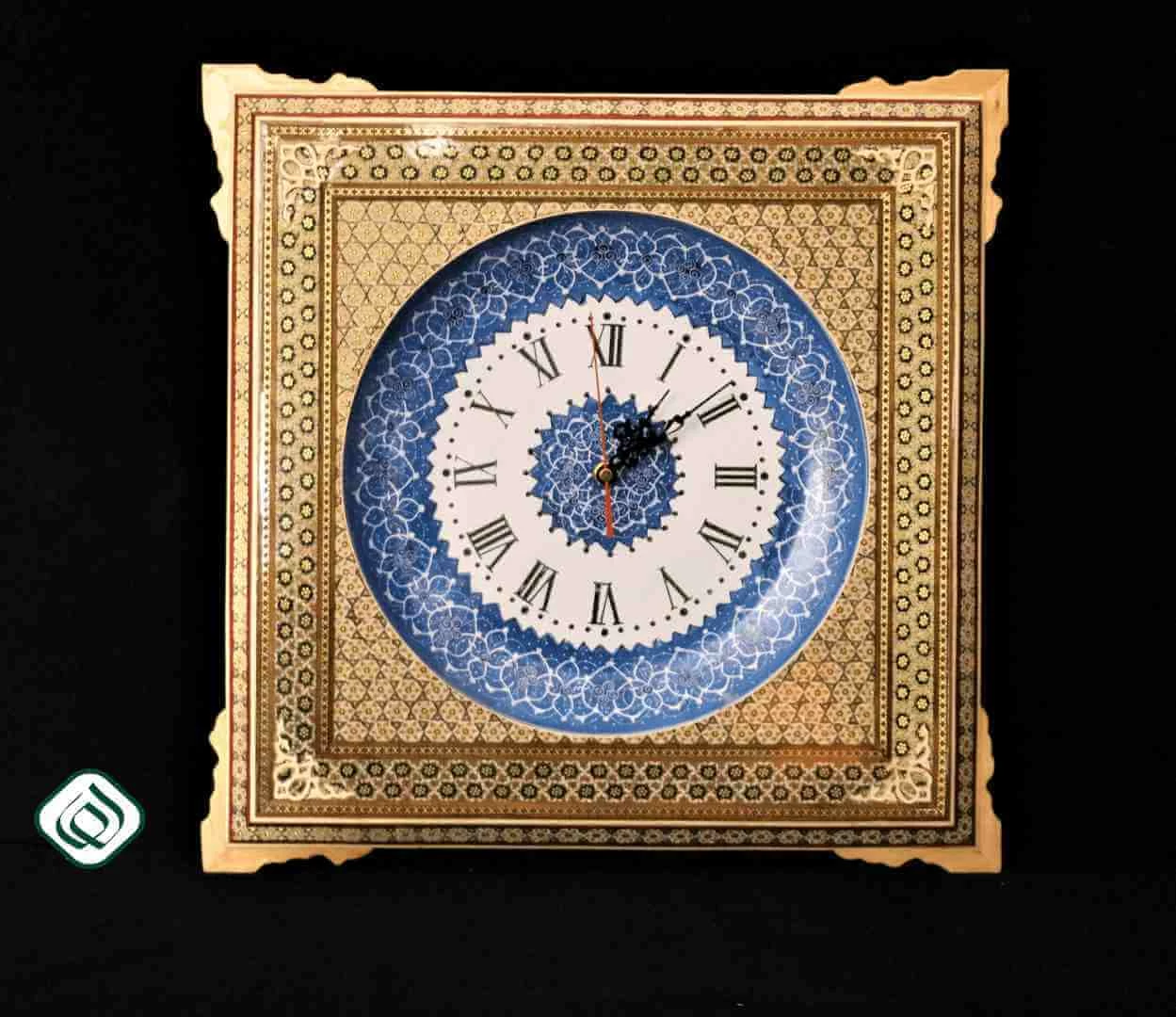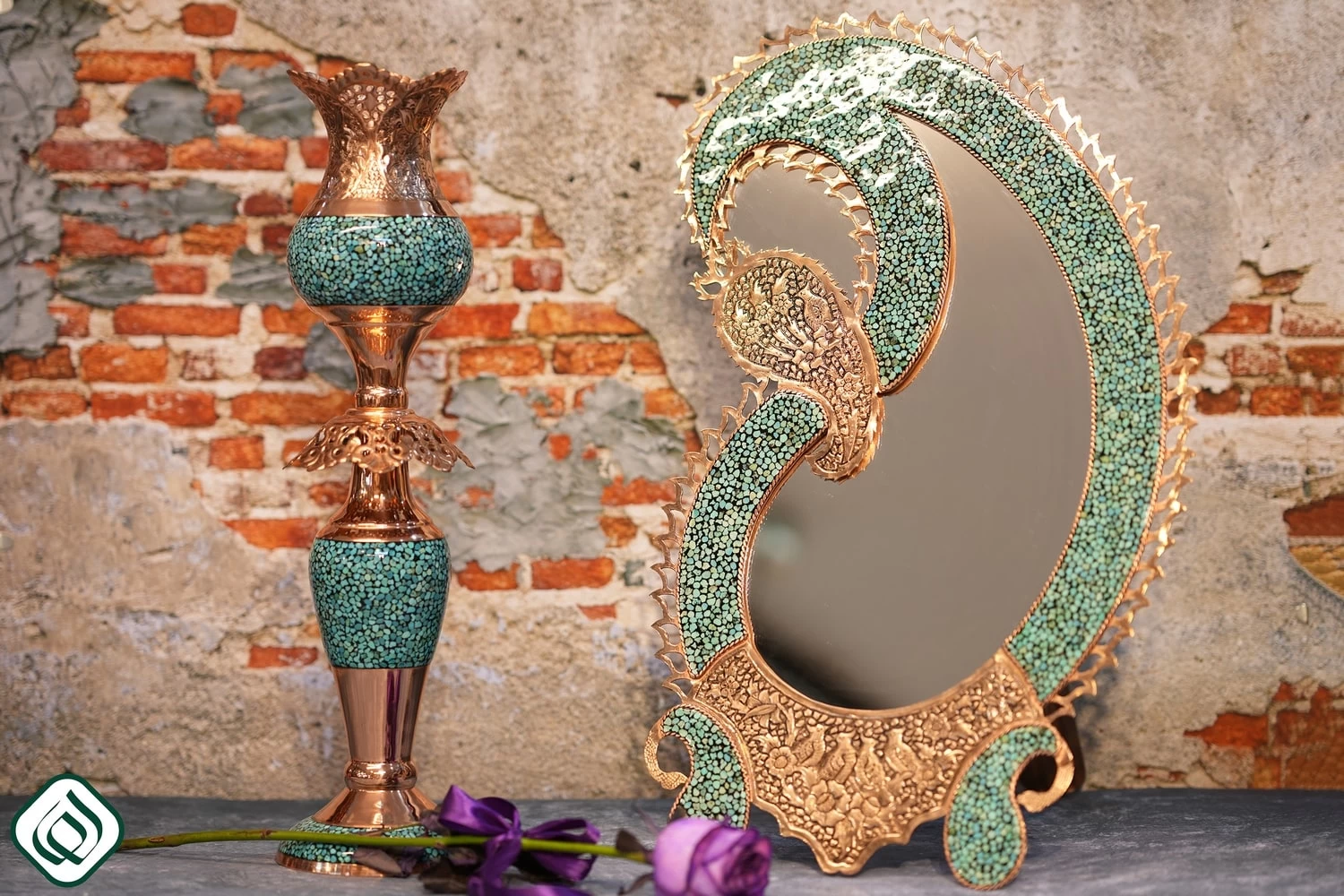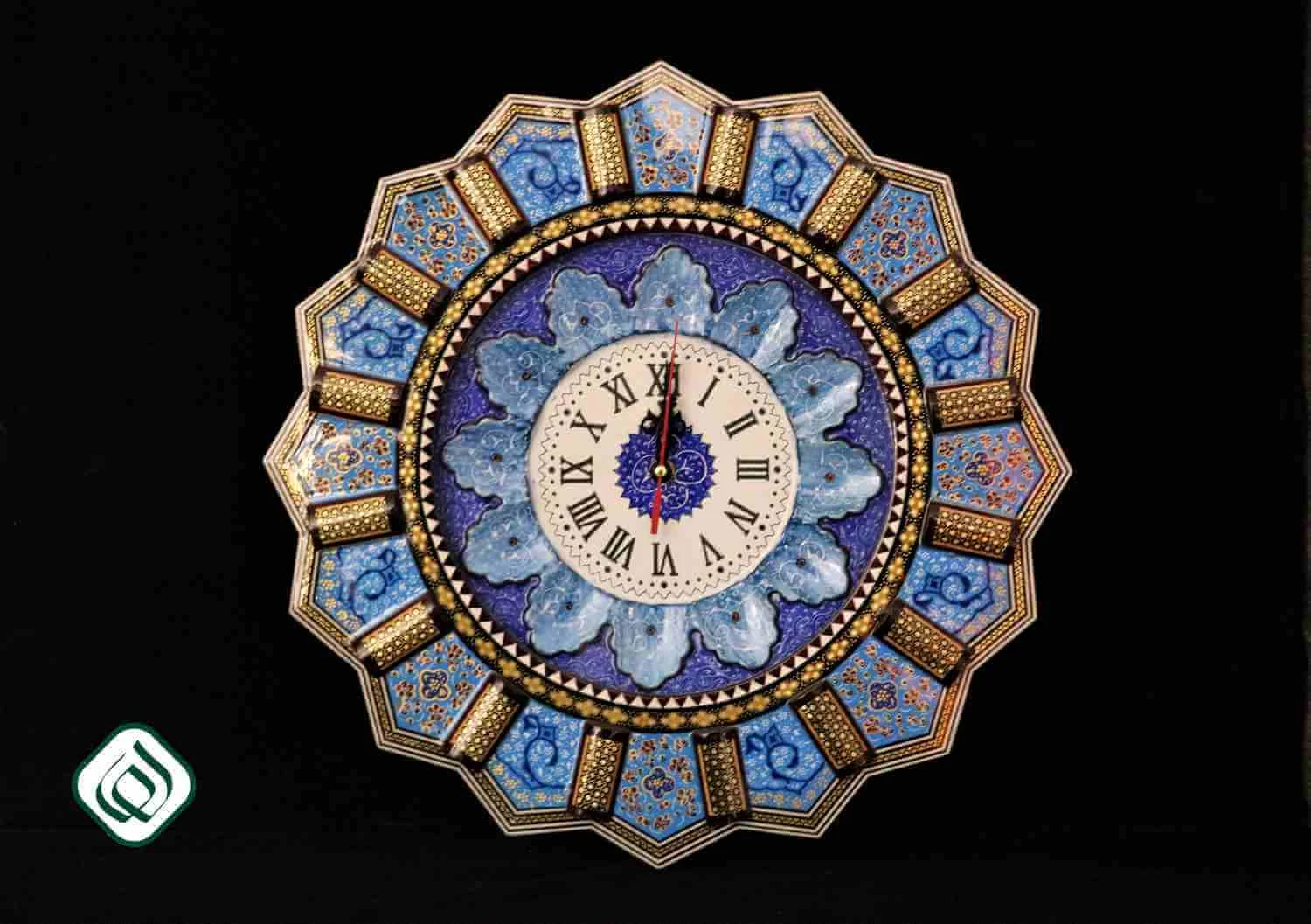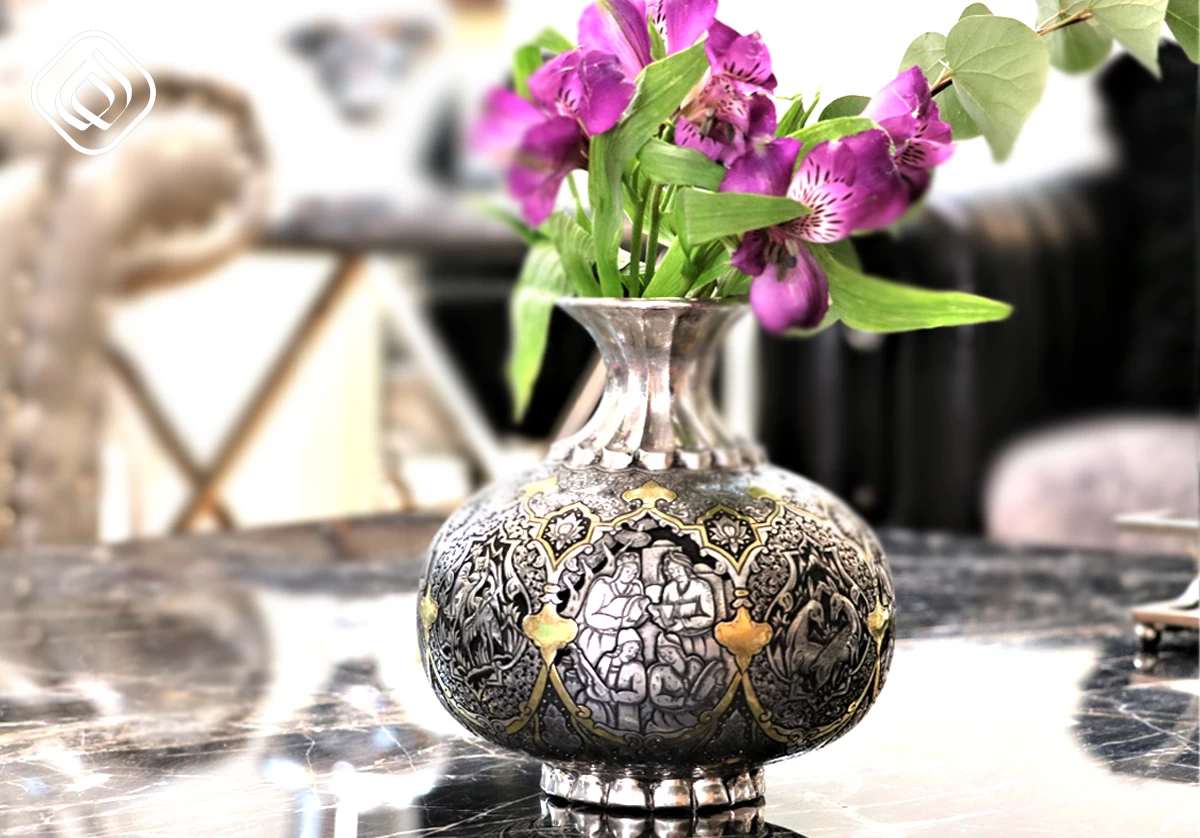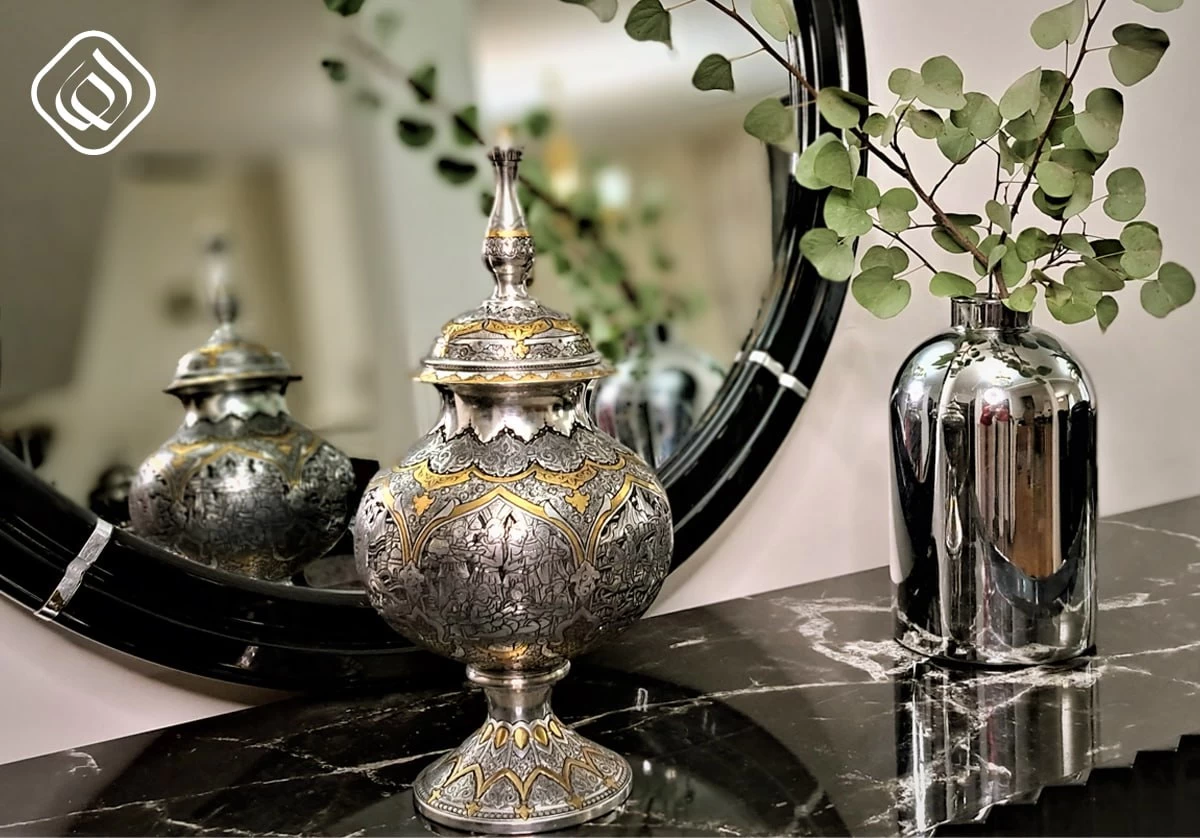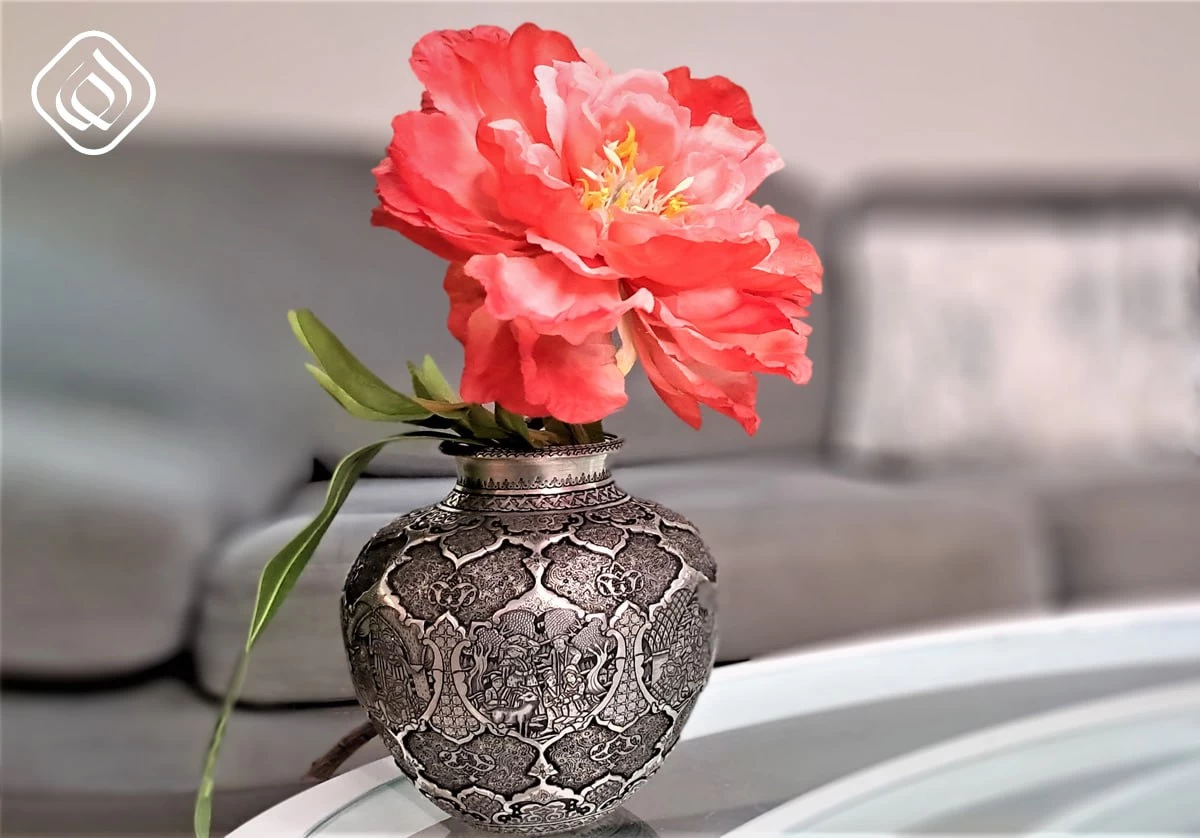Craft accessories
Craft accessories are essential tools and materials that enhance the creative process and allow individuals to express their artistic skills and imagination. These accessories come in various forms and serve different purposes, catering to the needs of different crafters and artists. Whether you're into painting, sewing, knitting, jewelry-making, or any other craft, there are numerous accessories available to help you bring your ideas to life.
Here are some popular craft accessories:
1. Cutting Tools: Cutting tools such as scissors, craft knives, and rotary cutters are essential for precise and accurate cuts in various materials like paper, fabric, and leather.
2. Adhesives: Adhesives like glue sticks, craft glue, and double-sided tape are indispensable for sticking materials together in crafts. They provide a strong and reliable bond.
3. Rulers and Measuring Tools: Rulers, tape measures, and measuring tapes help in achieving accurate measurements and dimensions in craft projects.
4. Brushes and Paint Applicators: Brushes of different sizes and shapes are used for painting. They come in various bristle types, such as synthetic or natural, and are suitable for different paint mediums like acrylics, watercolors, and oils.
5. Embellishments: Craft embellishments include items like beads, sequins, rhinestones, buttons, and charms. They add texture, sparkle, and visual interest to projects, whether it's jewelry-making, scrapbooking, or card-making.
6. Stencils: Stencils are pre-designed templates with cut-out patterns or shapes. They help create consistent and precise designs on surfaces like paper, fabric, walls, and furniture.
7. Sewing Notions: Sewing accessories like needles, thread, pins, thimbles, and sewing machine attachments are indispensable for sewing projects. They aid in stitching, hemming, and embellishing fabrics.
8. Cutting Mats: Cutting mats are self-healing mats used as a protective surface while cutting with craft knives or rotary cutters. They prevent damage to work surfaces and provide precise cuts.
9. Craft Storage: Craft storage solutions like boxes, bins, and organizers help keep craft supplies neat, accessible, and well-organized. They ensure that materials are easily found when needed.
10. Lighting: Good lighting is important for any craft project to ensure accurate color representation and prevent eye strain. Task lamps with adjustable brightness and color temperature are popular choices.
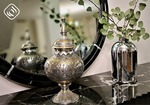
These are just a few examples of craft accessories available in the market. The choice of accessories depends on the specific craft and personal preferences. Craft accessories not only make the creative process more efficient but also add an element of fun and enjoyment to the crafting experience.
Craft accessories generally refer to tools, materials, and small items used specifically for crafting and artistic endeavors. While they can enhance the crafting process, craft accessories typically do not include home furniture or home appliances.
Home furniture refers to larger items such as tables, chairs, shelves, and cabinets that are used for functional and decorative purposes within a home. While these pieces of furniture can certainly be used as a workspace for crafts, they are not considered craft accessories themselves.
Similarly, home appliances are electrical or mechanical devices used for various purposes in a household, such as cooking, cleaning, or laundry. Examples of home appliances include refrigerators, ovens, washing machines, and vacuum cleaners. While some appliances like sewing machines or heat embossing tools may be used for specific craft activities, they are generally not categorized as craft accessories in the broader sense.
Craft accessories are typically smaller items that directly aid in the creative process, such as scissors, brushes, adhesives, and stencils. They are specifically designed for crafting and are often found in craft supply stores or sections dedicated to crafts in larger retail stores.
Craft accessories can be exported through various channels and methods. Here are some common ways craft accessories are exported:
1. Direct Export: Craft accessory manufacturers can establish business relationships with international buyers and export their products directly. They handle the logistics, documentation, and shipping arrangements themselves or through freight forwarders. This approach allows for direct communication and negotiation with overseas buyers.
2. Distributors and Agents: Craft accessory manufacturers can partner with distributors or agents who have established networks and connections in target export markets. These distributors and agents act as intermediaries, promoting and selling the products to retailers or wholesalers in the destination country. They handle the export process on behalf of the manufacturer.
3. Trade Shows and Exhibitions: Participating in trade shows and exhibitions is a popular way for craft accessory manufacturers to showcase their products and connect with potential international buyers. These events provide opportunities to meet buyers, negotiate deals, and establish contacts for future exports. Buyers can place orders directly at the trade show, and manufacturers can arrange shipping afterward.
4. Online Platforms: E-commerce platforms have made it easier for craft accessory manufacturers to reach international markets. They can set up online stores or list their products on popular global marketplaces. These platforms provide visibility to a wide range of buyers worldwide and handle the logistics and payment processing.
5. Government Programs and Trade Missions: Some countries offer export assistance programs and trade missions to support craft accessory manufacturers in entering international markets. These programs provide guidance, financial support, and networking opportunities to exporters. Trade missions involve delegations of companies visiting target countries to explore business opportunities and establish connections.
6. Exporting through Intermediaries: Manufacturers can work with export trading companies or export management companies that specialize in exporting various products, including craft accessories. These intermediaries handle the export process, including documentation, shipping, and customs clearance, on behalf of the manufacturer.

It's important for craft accessory exporters to understand the import regulations and requirements of the target country, including customs duties, labeling, and certifications. They should also consider factors like packaging, product quality, competitive pricing, and effective marketing strategies to successfully export their craft accessories. Engaging in market research and building strong relationships with buyers and partners can greatly facilitate the export process.


FAQs
What are some common import regulations and requirements that craft accessory exporters should be aware of?
Craft accessory exporters need to be familiar with the import regulations and requirements of the target country. This includes understanding customs duties and tariffs, using the correct product classification with HS codes, preparing necessary documentation, complying with labeling and marking requirements, obtaining required certifications and testing, and being aware of any restrictions or prohibitions. Following these regulations ensures smooth customs clearance and successful export transactions.
What are craft accessories included?
Craft accessories include tools, materials, and small items used for crafting and artistic endeavors.
What are some common craft accessories used by artists?
Common craft accessories used by artists include brushes, palettes, easels, paint palettes, carving tools, sketchbooks, pens, markers, and craft knives.
What are craft accessories made from?
Craft accessories can be made from a variety of materials, including metal, plastic, wood, fabric, and various types of fibers.
 +7929688-88-14
+7929688-88-14

 English
English
 Persian
Persian
 Russian
Russian
 Chinese
Chinese


 +7929688-88-14
+7929688-88-14

